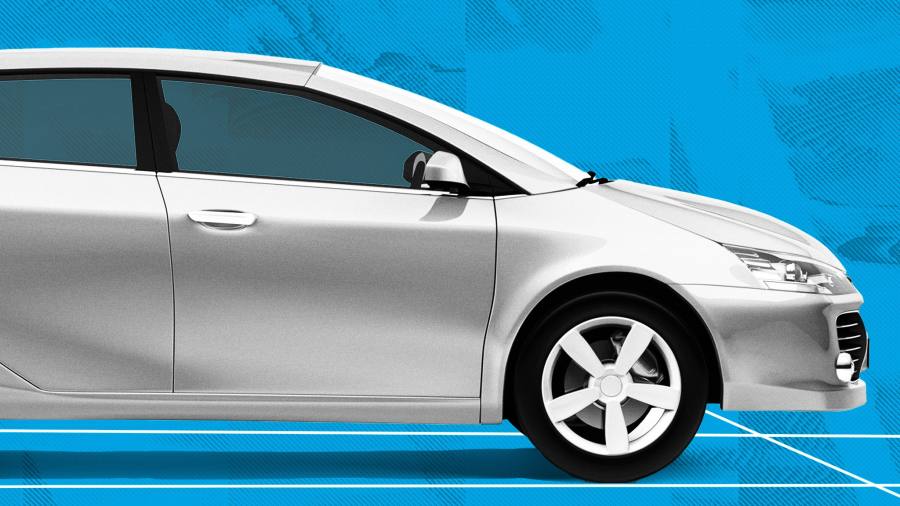For a century, a concrete blight has been spreading through American cities. And now, for the first time, new data is allowing us to measure its toll.
“At the centre of our biggest cities, some of the most valuable public land on earth has been exclusively reserved for the free storage of private cars,” writes Henry Grabar, author of Paved Paradise: How Parking Explains the World. There are more square feet of housing in the US for each car, he notes, than there are for each human.
Grabar lists some violent symptoms of the American car disease — battles over coveted parking spots that turn deadly “a few dozen times a year”. But the essential problem is not that parking in the US is too hard — it’s that it’s too easy. Abundant parking has hollowed out urban life.
Earlier this year, the Parking Reform Network, a non-profit advocacy group, compiled and mapped data on parking lots in the centres of US cities, which knit together downtowns like empty quilt squares. PRN cites twin costs of these lots. First, liveability and walkability suffer, as housing becomes less dense and more expensive, crowded out by stationary cars, or empty spaces for them. Second, the opportunity cost is high, as parking is often clustered around main streets and historical cores.
“Downtown is someplace where the community is, and where there’s lots of events, lots of activity, lots of energy,” Thomas Carpenito, PRN’s programme director, told me. “You really can’t have that if every other block is parking.”
Yet 30 per cent of central Detroit, for example, is devoted to parking, as is 28 per cent of Louisville, 24 per cent of Dallas and 21 per cent of Phoenix. Swaths of city centres across the country exist solely to house cars. Some 20 per cent of all studied city centres were parking lots. “Every parking lot on that map is a building that was demolished,” Carpenito said of Detroit. “It’s fitting that that’s the Motor City — the car was the future, and cities were remade to accommodate the car.”
The result, as city planner Jeff Speck once said, is that “the twin gods of smooth traffic and ample parking have turned our downtowns into places that are easy to get to but not worth arriving at”.
Parking-lot ubiquity has been caused by widespread city parking minimums — strict mandates on the quantity of parking needed for every development. But these quotas are outdated and pseudoscientific, and often result in unneeded expense or demolition, or no development at all. Carpenito instead thinks of a city as a living ecosystem: build parking where it’s needed, don’t build it where it’s not.
My hometown of New York has been spared the worst of the blight — only 1 per cent of its centre is parking lots, per the PRN data. But even here, the city’s 3mn spaces are equivalent to about 12 Central Parks’ worth of kerbside parking. Nothing poses a more visible threat to the city dweller than the ever-larger cars that surround them. This has sparked the rallying cry, “street parking is theft.”
According to PRN’s more hopeful map of parking reforms, dozens of cities have abolished or reduced their parking minimums. Carpenito cited the housing crisis as a catalyst; perhaps humans ought to have more space than cars after all. Coincidentally, we met on the ground floor of an apartment building that used to be a parking lot.
In 2020, New York began to cordon off certain blocks at certain times as car-free zones. To walk along them was to experience the familiar city anew. We felt that social communion was permitted and encouraged. We felt as if the outdoors was meant for us.
Maps by Kristo Mikkonen
Read the full article here




